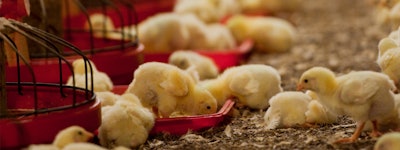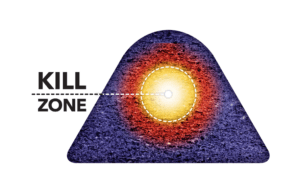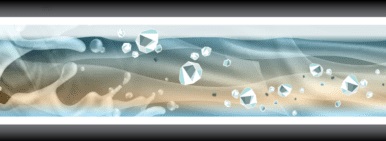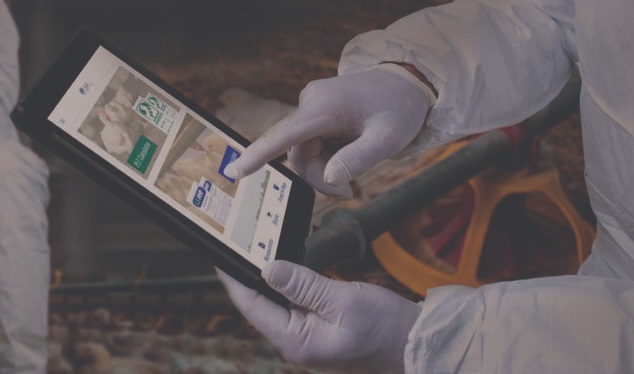
Insight from environmental, animal nutrition, and live production experts delivers successful strategies for improving litter management and poultry production.
Brand Insights from Jones-Hamilton Co.
6 Tips for More Effective Poultry Litter Windrowing
Getting ready for poultry litter windrowing? Here’s six steps to get the most out of your litter pasteurization process.
Read the full article at www.joneshamiltonag.com
Poultry Water Line Cleaning Starts with Low pH
When did you last think about poultry water line cleaning? It’s important to not underestimate the importance of clean, free-flowing water. Birds consume nearly twice as much water as they do feed, so focusing on the safe delivery of clean water is vital.
Read the full article at www.joneshamiltonag.com
PLT Paves Way for Integrators to Earn CO2 Emission Reduction Credits
A University of Georgia study, which evaluated the carbon footprint of poultry farms in the U.S., showed the biggest contributor to greenhouse gas (GHG) emissions (68%) from broiler farms was from the use of fossil fuels, particularly propane gas used for heating during brooding and cold weather.
Read the full article at www.joneshamiltonag.com
Three Key Ways to Prevent Paw Lesions
Chicken paws are a lucrative commodity and every downgraded paw due to lesions decreases revenue. Paws also serve as an indicator of animal welfare during audits and can be a direct indicator of bird performance.
Read the full article at www.joneshamiltonag.com
Minimizing Risk in Live Production
While a certain amount of risk is unavoidable in animal production, managing risk can help limit exposure to losses. In live production, risk presents itself in many forms, one of which is ammonia.
Read the full article at www.joneshamiltonag.com




